50+ Sample Contingency Plans
-
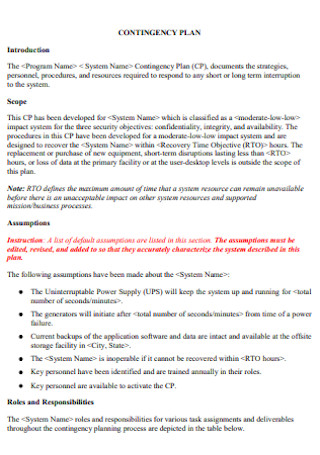
Contingency Plan Format
download now -
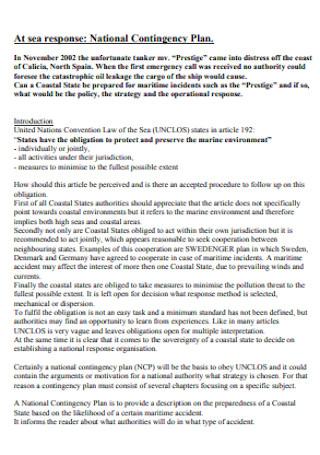
National Contingency Plan
download now -

Pandemic Contingency Plan
download now -
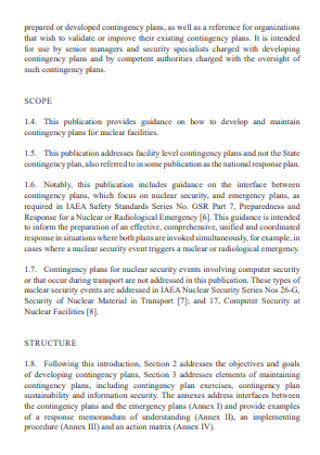
Security Contingency Plan
download now -
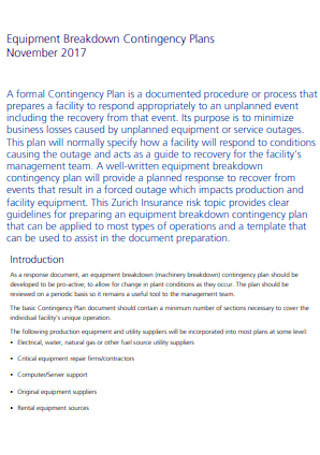
Equipment Breakdown Contingency Plans
download now -

Health Contingency Plan
download now -

Simple Contingency Plan
download now -
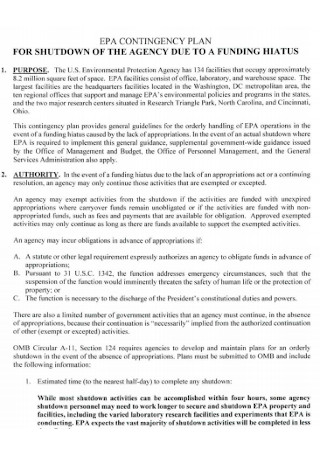
Contingency Plan for Shutdown
download now -
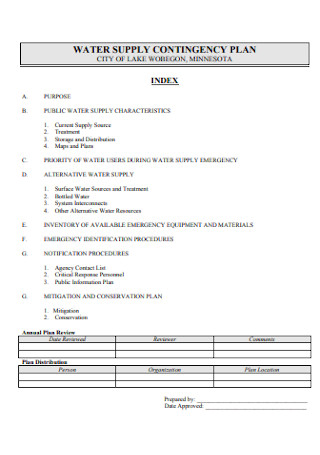
Water Supply Contingency Plan
download now -
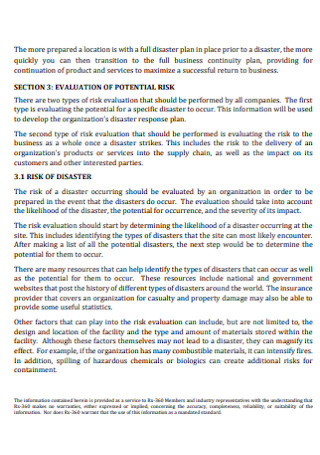
Natural Disaster Contingency Plan
download now -
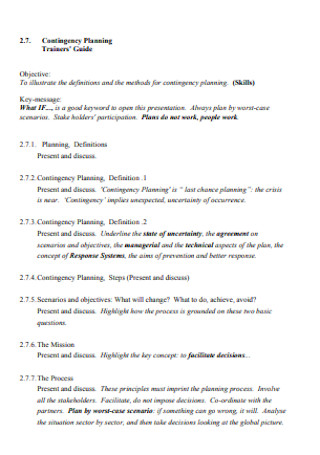
Contingency Trainers Plan
download now -
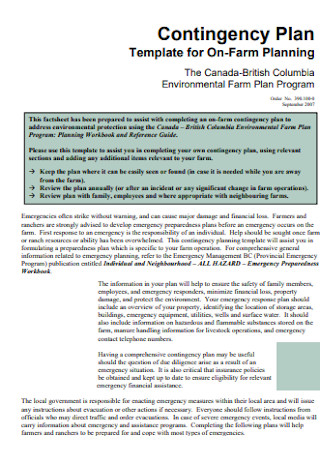
Contingency Plan for On-Farm
download now -

Human Resource and Contingency Plan
download now -

Contingency Plan and Approval Process Template
download now -

Risk Mitigation and Contingency Plan
download now -
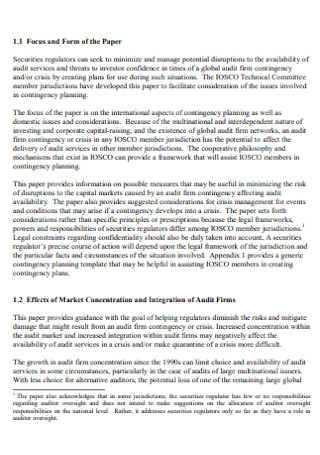
Contingency Planning for Events
download now -
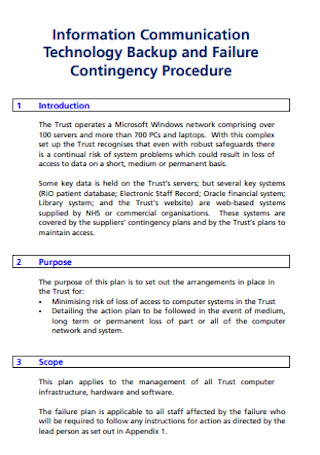
Failure Contingency Plan
download now -
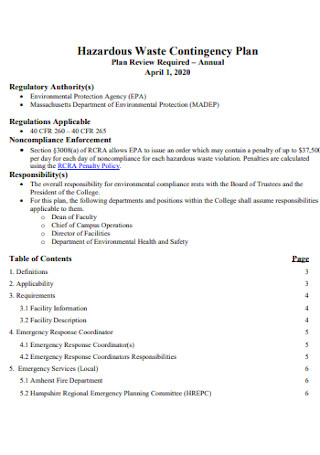
Waste Contingency Plan
download now -
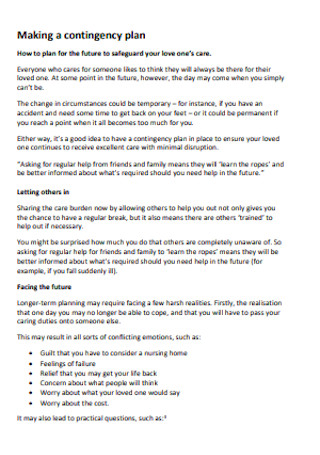
Making a Contingency Plan
download now -

Agency Contingency Action Plan
download now -
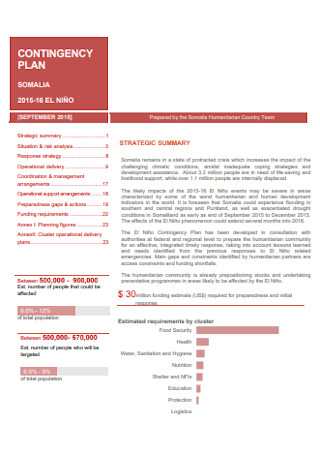
Formal Contingency Plan
download now -
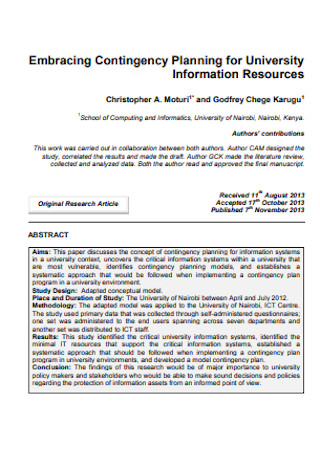
Embracing Contingency Plan
download now -
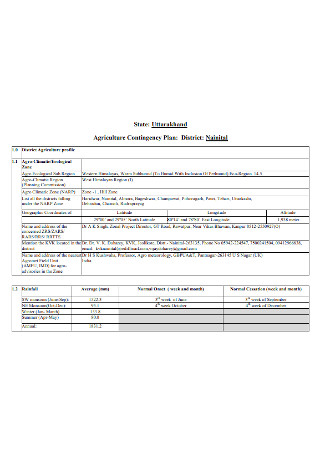
Agriculture Contingency Plan
download now -
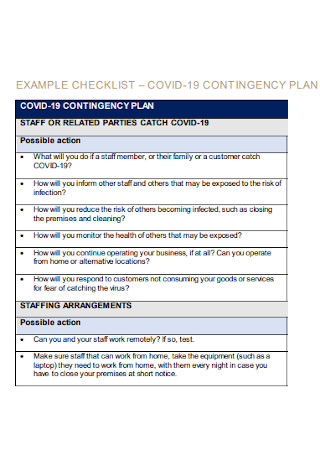
Contingency Plan Checklist
download now -
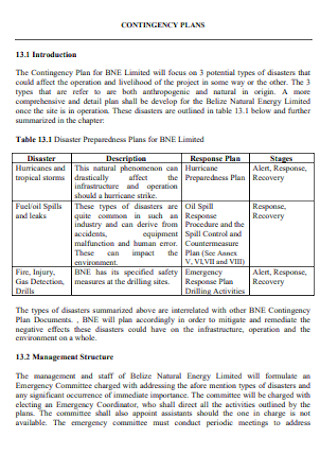
Standard Contingency Plan
download now -
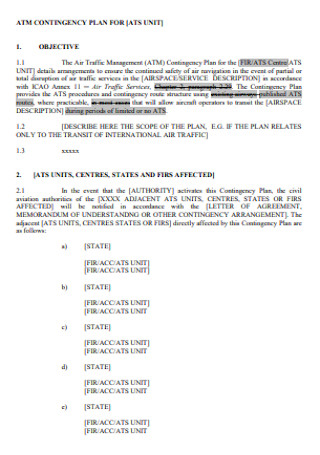
Traffic Management Contingency Plan
download now -
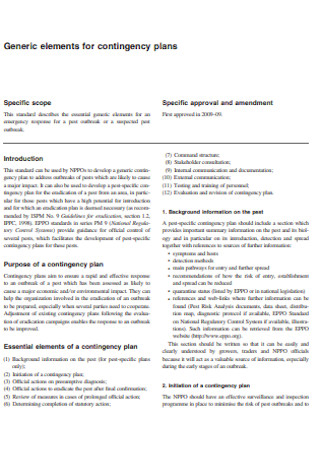
Generic Elements for Contingency Plans
download now -
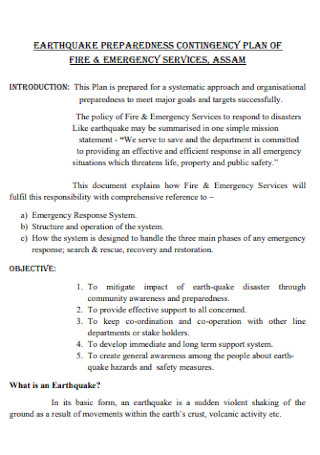
Earthquake Preparedness Contingency Plan
download now -

Customer Service Contingency Plan
download now -
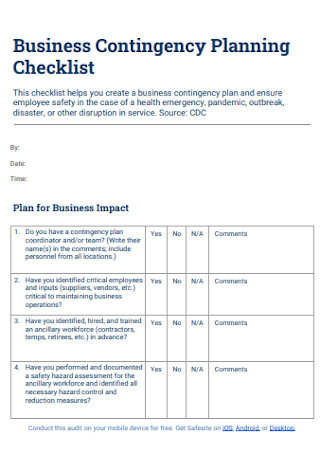
Business Contingency Plan Checklist
download now -
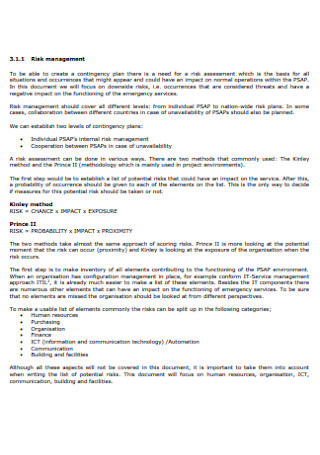
Risk Management Contingency Plans
download now -
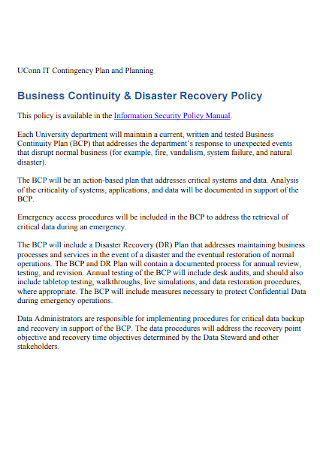
Business Continuity Plan
download now -
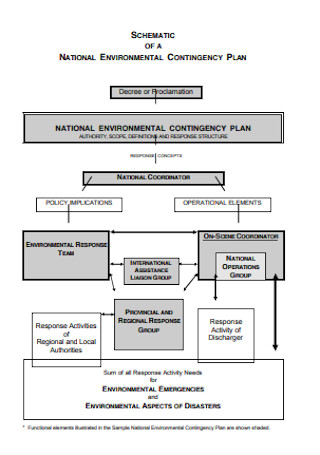
National Environmental Contingency Plan
download now -
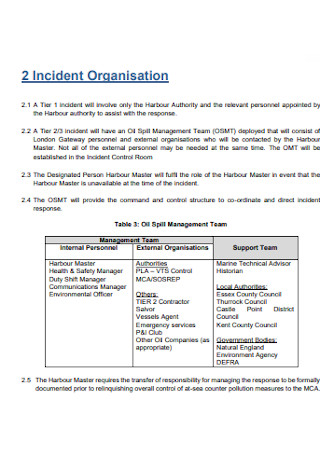
Oil Spill Contingency Plan
download now -

District Agricultural Contingency Plan
download now -
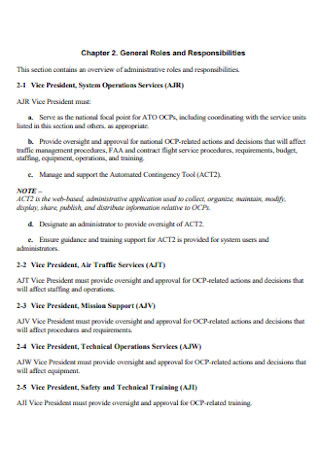
Operational Contingency Plan
download now -
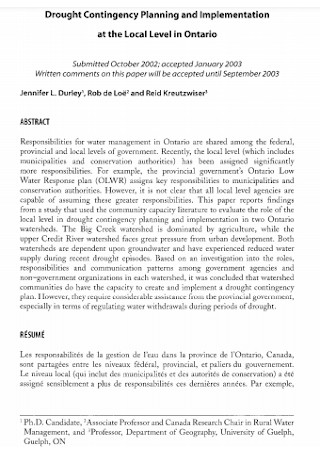
Drought Contingency Plan
download now -
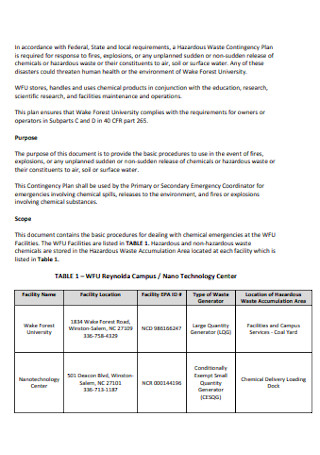
Waste Contingency Plan Example
download now -

Disaster Contingency Plan Template
download now -
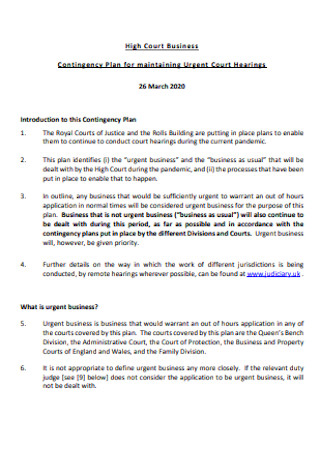
High Court Business Contingency Plan
download now -
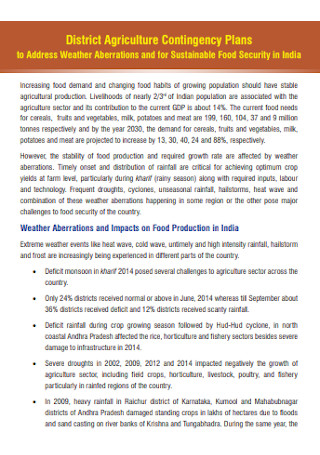
District Agriculture Contingency Plans
download now -
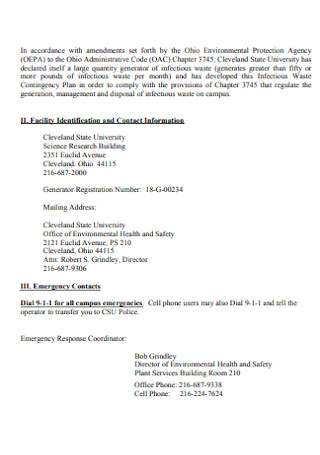
Infectious Waste Contingency Plan
download now -
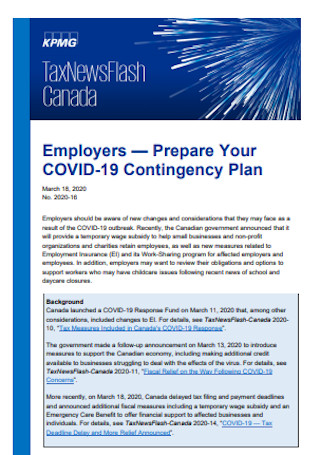
COVID-19 Contingency Plan
download now -
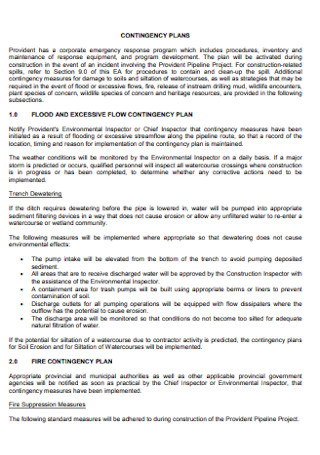
Project Contingency Plan
download now -
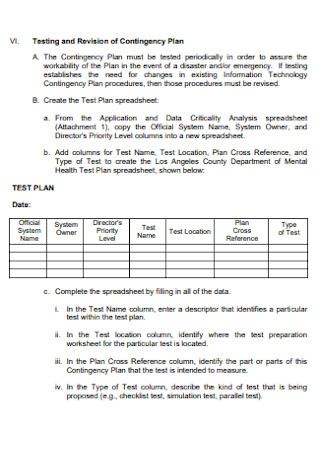
Testing and Revision of Contingency Plan
download now -

Information System Contingency Plan
download now -
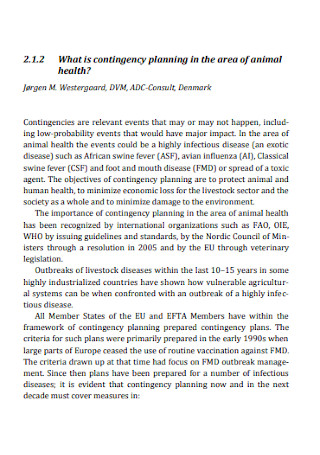
Contingency Planning for Animal Diseases
download now -
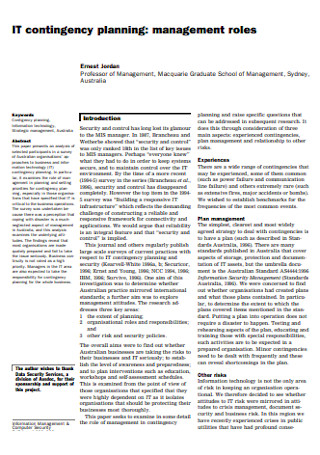
IT Contingency Plan
download now -
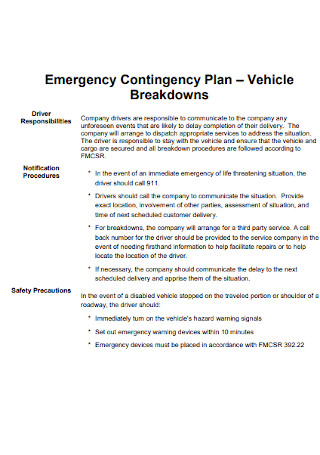
Emergency Contingency Plan
download now -

Emergwency Response and Contingency Plan
download now
FREE Contingency Plan s to Download
50+ Sample Contingency Plans
What Is a Contingency Plan?
Basic Elements of a Contingency Plan
How to Prepare and Write a Contingency Plan?
FAQs
What are the possible risks that a business may encounter?
What are the 5 steps in planning?
What is the difference between a strategic plan and contingency plan?
What are examples of a contingency plan?
What Is a Contingency Plan?
A contingency plan or otherwise stated as a backup plan, is a way of doing things when the original plan of action crumbles and fails. It can be seen as an approach to the problem, method of solving the problem and the procedure to solve the problem. It is highly related to risk management. A good and competitive leader always has a contingency plan, because they know that there could be hindrances in the progress of a company or an organization.
Basic Elements of a Contingency Plan
How to Prepare and Write a Contingency Plan?
Contingency plans can be used for many different fields. However, the procedure of creating one still stays the same.
Step 1: Resources
The first thing to understand is the resource you need to protect. For a country or a company the main priority is the manpower. Without manpower a business or a country will not progress. Other resources are food and water, tools, products and data.
Step 2: Analysis of Risks
In constructing a back-up plan, it is crucial to know and understand the unique risk that may fall upon your organization or country. Ask yourself, what are the events that may hinder or slow down your progress. Risk analysis will help you to be aware of any problems or complications that may happen in the near future.
Step 3: Rank Them in Order
In line with being prepared, you will have a long list of all the possible risks. Having a long list will result in a disorganized document. It will be hard to act in accordance with the document if it is unsystematic.
Step 4: Plan of Action
This will primarily answer the question: What should we do in return? This involves how you will approach or address the problem, what method you will use and what will be the step by step procedure to solve the problem. In constructing the response section of your contingency plan, it is highly advisable to also input what you can do to prepare ahead of time and how you can avoid the problem.
As we all know prevention is better than cure. But, in some cases, there are no indications where and when a pandemic or natural calamity may occur. Nevertheless, being prepared for these kinds of situations is the best approach.
FAQs
What are the possible risks that a business may encounter?
The most common risks for a business are loss of data and breach of data.
What are the 5 steps in planning?
The 5 steps in planning are:
1)Know your position or condition
2) Know your priorities
3) Formulate a plan
4) Control and carry out the plan
5) Update the plan as you see fit
What is the difference between a strategic plan and contingency plan?
A strategic plan is the step by step procedure of attaining the goal of the organization. It is mainly made up of the list of activities and the timeline for those activities. On the other hand, a contingency plan or a back-up plan, comes only in effect when the country or a company is in danger or at risk due to certain problems.
What are examples of a contingency plan?
A contingency plan can be used in many different fields. Some examples are disaster, infrastructure failure, environment, economy and business.
Having a contingency plan for an unforeseen force of nature is very crucial. When in peril and at risk, people tend to panic and breakdown. It is not possible to have a sound judgement when it concerns your health and safety. It is no surprise that when faced with a stronger external force, people are helpless and powerless. Being prepared is the winning factor between a matter of life and death.
